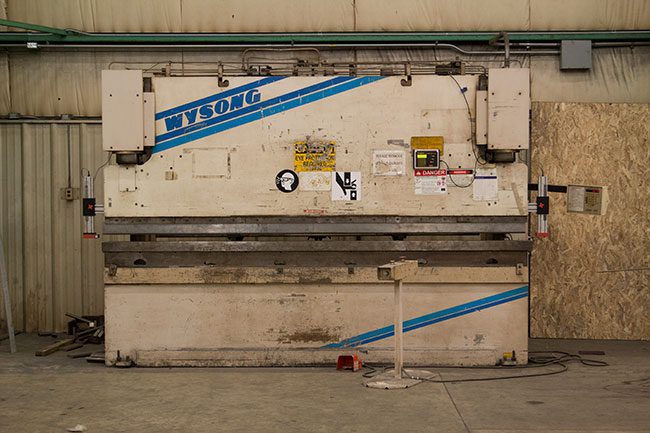What is 5 Axis CNC Machining?

CNC (Computer Numerical Control) machining refers to the process of removing material with high-speed precision machines that make use of a wide range of cutting tools.
5-axis machining refers to a machine’s ability to move a tool or a part in five different axes simultaneously. Basic machining operates on three primary axes, X,Y, and Z; however, a 5-axis CNC machining tool can rotate two additional axes, A and B, which give the cutting tool a multidirectional approach.
5-Axis Machining vs. 3+2 Axis Machining
5-axis machining offers three linear axes and two rotational axes that work simultaneously to achieve complex surface machining. The 3+2-axis machining offers a 3-axis milling process, with two additional axes to rotate the hold tool in a fixed position as opposed to manipulating it repetitively during the machining process.
A 5-axis machine helps you work on tighter tolerances to achieve complex geometries while a 3+2 system allows you to hold your less complex parts in positions that allow better access to the features.
Benefits of 5-axis Machining
5-axis machining helps in the cost-effective manufacturing of sophisticated design. The advantages of switching to 5-axis machining include:
Minimized Setup
A 5-axis machine allows you to work on every surface, apart from the clamping area and the bottom. When working on contoured parts or parts that require machining on several faces, you need several setups of the 3-axis machine to achieve the complex geometry through manual rotating; 5-axis technology completes the job in a single setup, reducing the number of setups and helping you save time.
Complex Designs
The additional movement available with 5-axis machining allows you to achieve complex shapes and designs. With the 5-axis machine, you have access to machining angles and arcs that were previously achievable only through multiple setups and a myriad of special fixtures. Ultimately, 5-axis machining eliminates the need to create complex fixtures as you can hold the part once and rotate in a single process to achieve the desired geometry.
Rotational Accuracy
Every time you remove a part from a machine, you lose the precise alignment that allows you to achieve superior quality. Unlike 3-axis machining, 5-axis machining improves accuracy by allowing you to complete a task in a single set up, and create multiple and complex shapes without losing the precision required to maintain quality.
Faster Material Removal
In 5-axis machining, the cutting tool remains tangential to the cutting surface, allowing for low cycle times, which helps save costs as you remove more material each time the tool passes.
Better Surface Finishes
The fourth and fifth axes help you orient and bring the part closer to the cutting tool, allowing you to use a shorter cutting tool, which is less susceptible to vibration at extremely high cutting speeds, helping you achieve a better surface finish. It also saves you time; when using a 3 axis machine, you must make use of very small cuts to achieve a good surface finish, which leads to longer lead times.
Strategies to Get the Most from 5-axis machining
Collect Information
Get as much information as possible before deciding whether to apply 3-axis or 5-axis machining. Check the data you collect from your customer for correctness and accuracy. Look at the part closely, and decide if you need a pretest to ensure accuracy. Additionally, do a cost analysis to determine the best machining for the job.
Simulation Software
Make full use of your simulation software to verify any process before sending it from the CAD system to the machine to avoid collisions. When working on a 5-axis machine, it is hard to visualize collision points; with the software, you can closely monitor the length of the tool, the interference of the tool, and the size of the part.
Creative Workholding
Rethink your workload by using an approach that eliminates setups and reduces handling; unique workload options give you better access to all sides of the part. A creative approach improves the production process and helps you improve the accuracy and the overall finish of your products.
Tooling
Work with tools made for 5-axis machining especially in high-speed applications. At the end of the process, the final part should come off the machine without the use of manual force.
Run Kinetics
When working to achieve the specifics for each part, run kinetics to help you improve accuracy. Run the kinetics before going into an accurate application to understand the positioning of the ends of the cutting tool in relation to the turning point of the axes.
As technology changes, the application of 5-axis machining is on the rise. Ultimately, your workload and productions targets determine the machining equipment you choose. Work closely with your clients to understand their expectations and select the machine that delivers to the best of their expectations.

For more detailed information on how we can meet the needs of your business in the United States, please contact us at Swanton Welding Company Inc. You can visit us online at SwantonWeld.com or reach us directly at 419.826.4816.
